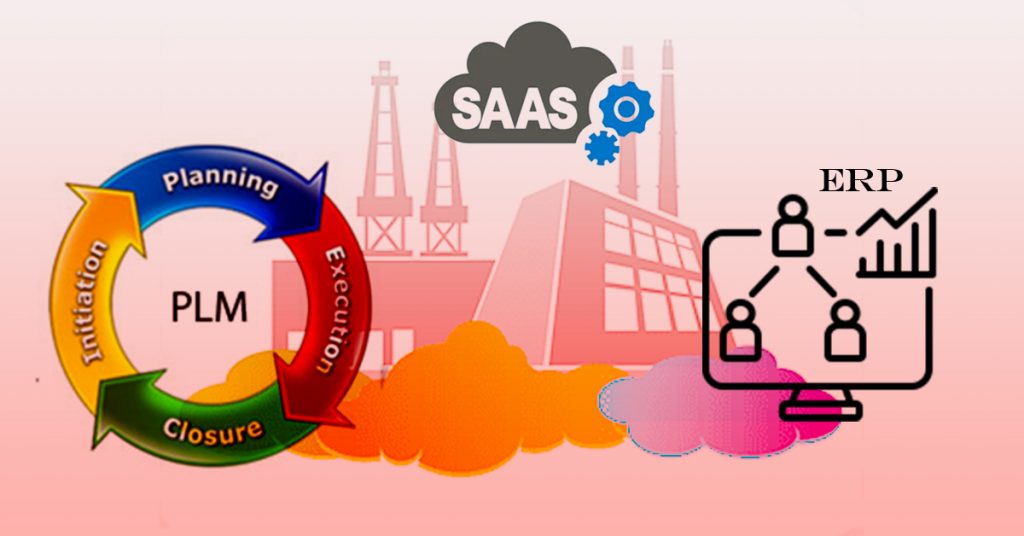
C-level executives often grapple with the question: Does our business truly require both Product Lifecycle Management (PLM) and Enterprise Resource Planning (ERP) systems? Or can a single system suffice to manage all aspects of New Product Development (NPD) or New Product Introduction (NPI)?
“The first step for any manufacturer is to comprehend the advantages and value that both systems can bring to their business. PLM and ERP serve as the two pivotal pillars of the manufacturing enterprise, complemented by the Manufacturing Execution System (MES) and the Industrial Internet of Things (IIoT).”
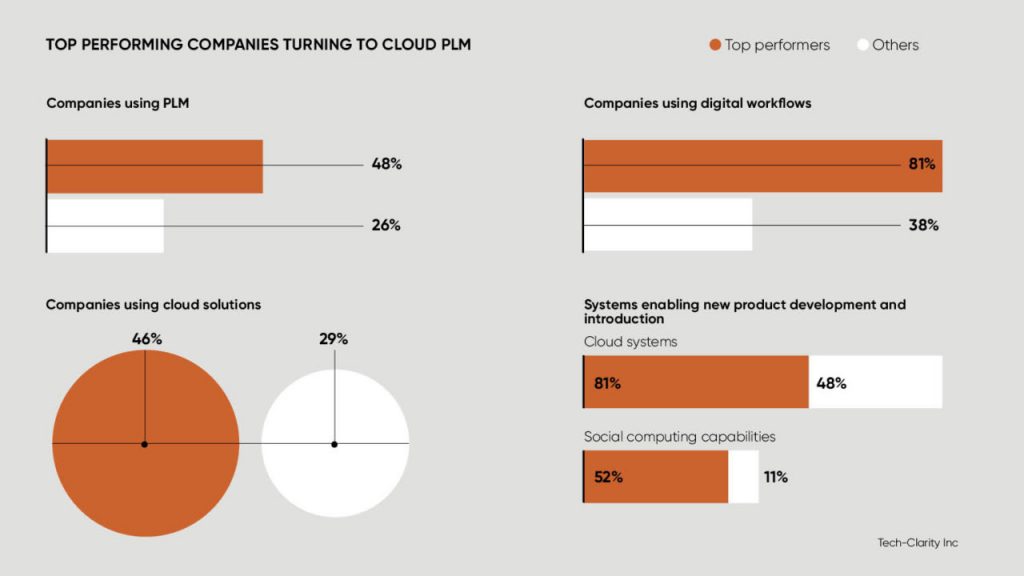
In essence, PLM is utilized by product designers, while ERP is employed by product developers. Both PLM and ERP contribute significantly to product design and development within the enterprise. PLM focuses on advancing the product, while ERP concentrates on the resources required for production. Integrating these two systems ensures that they share the same, up-to-date information consistently.
If an enterprise opts for ERP but not PLM, it can create gaps in their records, potentially making process monitoring more costly and challenging. The practical imperative lies in establishing integration points so that these two distinct applications can seamlessly exchange essential product information, such as costs—a critical element for efficient NPD/NPI processes.
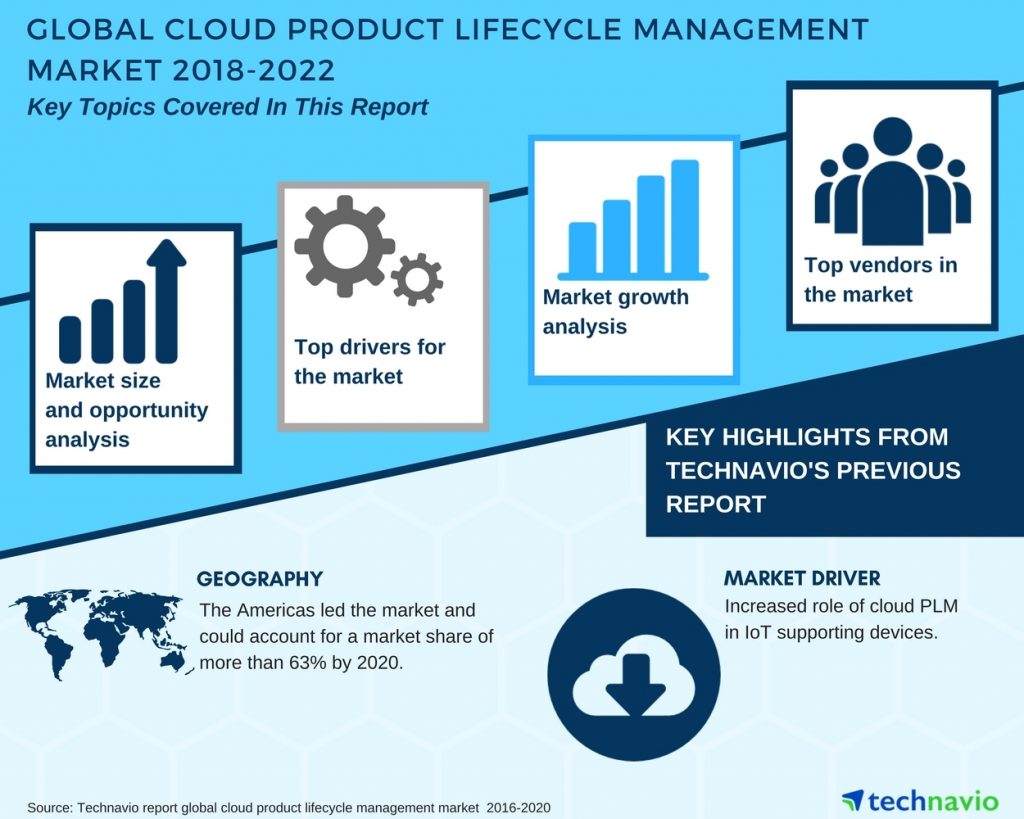
If an enterprise uses an ERP yet not a PLM, there will be a gap in their records that can make monitoring of your process extra costly and difficult. Practical need is for appropriate integration points so the two separate applications can pass product information back and forth e.g., costs which is a crucial element for an efficient NPD/NPI. Check out OpenBOM PLM and Katana ERP. OpenBOM Cloud PLM is the best and very easy, affordable way to start on PLM for SME. Katana ERP is one of the best inventory control software for SMEs.
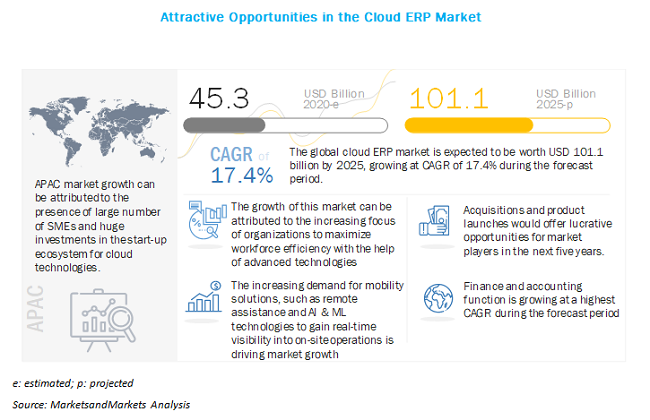
With a wealth of enterprise business data at your fingertips, you can more readily identify areas for improvement. System integration promotes information sharing and communication across departments, fostering collaboration among cross-functional teams and potentially yielding unexpected business enhancements.
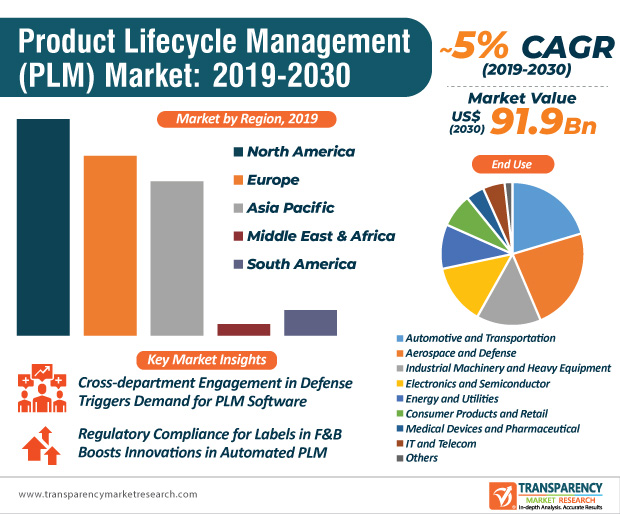
Some of the key data managed by PLM encompass CAD data, Engineering Bill of Materials (BOM), Product Revisions, Engineering Change Orders, Supplier information (Approved Vendor List/Approved Manufacturer List), Requirements, Manufacturing Process Instructions, and more. Meanwhile, ERP primarily handles data related to Process Planning and Scheduling, Manufacturing BOMs, Costing BOMs, Sales BOMs, Manufacturing Change Orders, Inventory, Production Planning and Control, among others. Successful implementation, rollout, stabilization, and integration hinge on a comprehensive understanding of this data.

The return on investment and return on value for PLM and ERP deployments have never been more compelling. The advent of Software as a Service (SaaS)-based cloud computing is streamlining PLM and ERP deployments, simultaneously enhancing their business value and benefits. Leveraging the features of PLM and ERP as standalone solutions and gradually transitioning towards a combined approach can significantly enhance the accuracy of NPD/NPI processes in the manufacturing enterprise, ultimately ensuring the satisfaction of customers.
In conclusion, while the decision to implement both PLM and ERP systems in an SME may initially appear complex, the synergistic benefits they offer in terms of efficiency, data integrity, and customer satisfaction make it a strategic investment worth considering.

